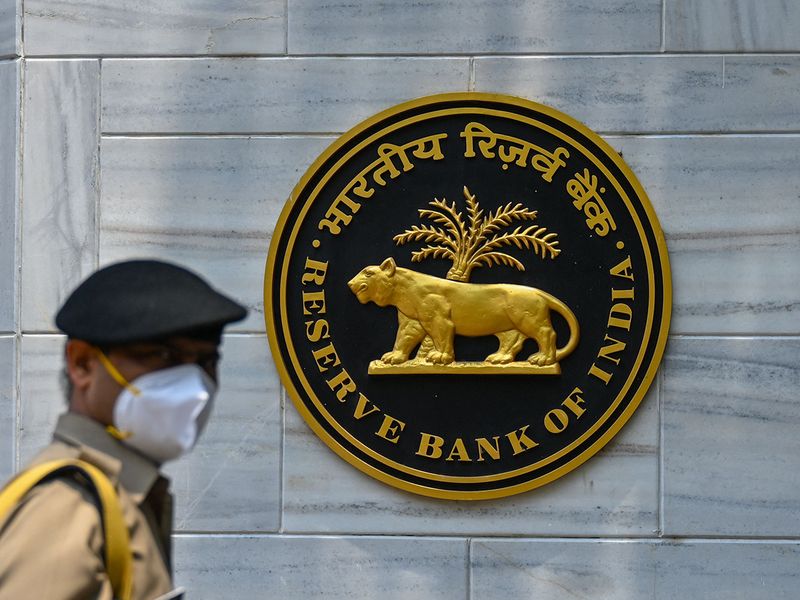
Dubai: For global currency markets, March 7 sure seemed like one long ‘Manic Monday’, with currencies losing ground to a resurgent dollar.
The Indian rupee touched an all-time low of Rs21 to the dirham (or is about to depending on which currency tracking portal you are looking at).
The Pakistan rupee breached the 49 mark in pre-market opening trades early on Monday, but seems to have stabilised at 48.48. The Philippines peso slipped, to 14.25 for a dirham. There were drops for the euro and the British pound against the dollar, as currencies felt the heat of the Russia-Ukraine conflict and what it would mean for their growth chances this year.
Dubai-based FX analysts reckon the PKR is still expected to hold its ground in the inter-bank market this week, citing the central bank’s upcoming decision monetary policy as a key factor for setting the currency’s direction. So forex traders will await clues on monetary policy due on March 8. This is why the PKR followed a range-bound trading pattern last week, largely driven by the supply and demand of the greenback in its domestic market.
- Justin Varghese
As for expats in the UAE, all through Monday it was a question of whether they should have waited to send their latest remittances back to their home countries. There were many who had already sent over the weekend, and they are the ones ruing their chances on Monday.
In January, the peso dropped beyond Php51 a dollar for the first time since April 2020 amid speculation the nation's trade deficit will widen as domestic demand improves. Given the jitters from the Russia-Ukraine conflict, analysts warn that there’s going to be a lot of down moments before things get better. The central bank of the Philippines (Bangko Sentral ng Pilipinas) in a monetary policy report published earlier last month, stated its exchange rate outlook of between Php048.00 to Php53.00 per $1 for 2022 and 2023.
Although it’s currently in line with the central bank forecasts, analysts are flagging the potential for further value depreciation – which is more good news for those looking to remit soon.
- Justin Varghese
Take the Indian rupee, for instance. On Friday’s (March 4) close, the exchange rate to the dirham was at Rs20.65 to the dirham, and which then slipped to Rs20.85 by mid-day on Monday. “The first seven days of March have seen significantly increased remittance volumes compared to the last four or five months,” said a spokesperson at LuLu Exchange. “A lot of expats thought it made sense to send in their remittances as soon as the currencies started getting weaker once the February 24 conflict started.”
By the looks of it, they seem to have missed out on the Monday bonanza.
More pressure piling up on Indian rupee?
To say the least, India’s rupee and its stock markets have had a rough few days. The benchmark Sensex closed Monday nearly 1,500 points down, continuing the weaknesses from the previous week. According to market watchers and currency exchange houses, there could be additional stress and strain on the way.
The euro moved between 1.0820-1.0950 to the dollar and is at 1.0860. The range would be 1.0780-1.0900.
The British pound moved between 1.3160-1.3250 and is at 1.3170. The range would be 1.3110-1.3240.
- LuLu Exchange
“It could begin from as early as later today, with the first exit polls due about the recent Indian state elections,” said Antony Jos, Managing Director at Joyalukkas Exchange. “If the exit polls go against expectations, then the rupee is in for a rough spell in the next few days.”
The elections will vote in governments for systemically important states such as Uttar Pradesh and the Punjab, with the results due on March 10. Currency traders say that would be the point for the rupee to settle in at Rs21 – or higher - to the dirham.
Will RBI intervene?
While the signs are there that the Indian currency will drop further, it won’t necessarily stay down longer – primarily because the Indian central bank (RBI) is expected to intervene. So, while multiple analyses show the Indian rupee staying at the Rs21-level against the dirham - and drop to Rs21.34 by next week - this is conditional on the Russia-Ukraine crisis escalating further.

Forex analysts add that before the currency drops even further, interventions by the RBI might cap the risk of potential value depreciation of the rupee. The RBI is known to enter the markets to either sell or buy US dollars to keep the rupee in a stable orbit.
Not just Asian currencies
Recent days have also seen sizeable activity on euro and British pound remittances. Anyone wanting to track the currency movements will have taken a closer look at the ‘dollar index’, which gives an indicator on how well or otherwise the US currency is doing against its peers. On Monday, the dollar index was hewing close to 99, showing the dollar in ride health. (Anything close to the 100 mirrors dollar’s strength.)
“These few days have been about the dollar and the gold – and a bit about Bitcoin – as assets where investors are parking their funds,” said an FX analyst.
Keep checking the dollar
“While the US dollar is rising on haven sentiment and the fact that most oil is priced in greenbacks, the Australian and New Zealand dollars have also risen, while the Malaysian Ringgit is unchanged, even as most Asian currencies are lower,” said Jeffrey Halley, senior Analyst at Oanda. “The premise is quite simple - if you pump, dig, or grow stuff out of the ground that the rest of the world needs right now, you are in the driver’s seat.
“You might also want to add previous basket cases, Brazil, Argentina, and South Africa to that list as well. Canada and the US and the Middle East, are well-placed, and I can actually see China making good on its US-China trade deal targets in the months ahead.”












